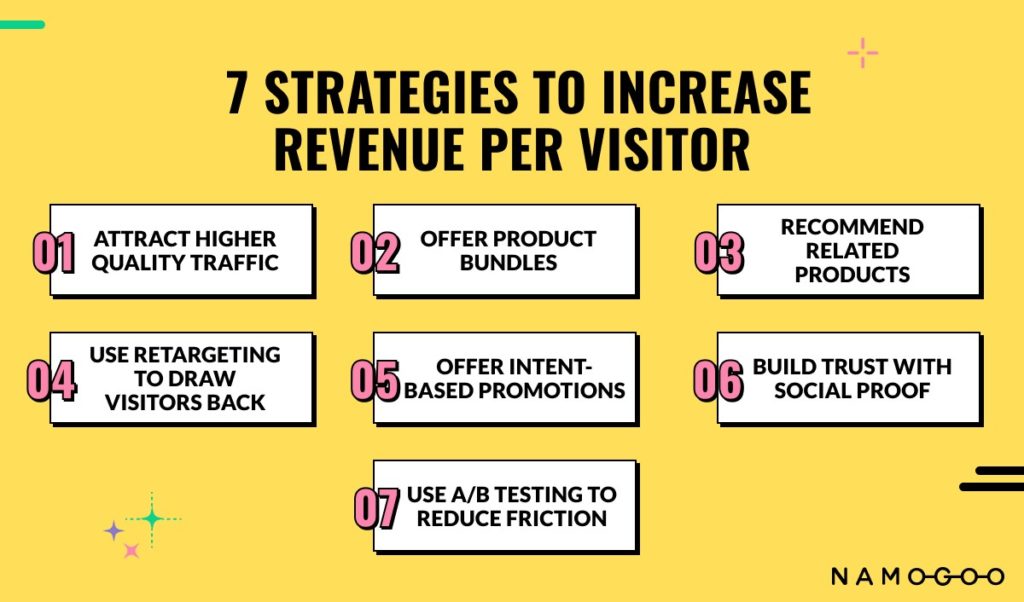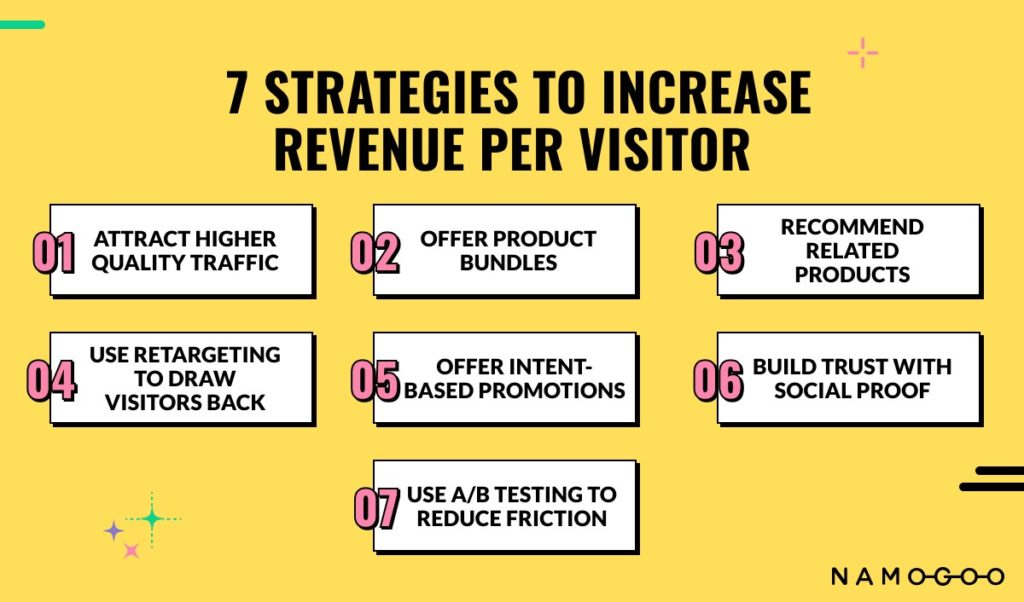
The Challenge
The conversion of casual viewers into buyers is one of the problems that most merchants have struggled with. Even though more people are online today, the average conversion rates range from 2%-4%. To address this issue, the majority of marketers use offers and promotions. Offering the same promotions to all visitors, however, reduces profits. The retailer was looking for information on which customers to focus its offers and promotions on.
The difficulties the retailer faced are listed below:
How can you tell which site visitors might be on the verge of making a purchase but are holding off for various reasons? In other words, they are susceptible to persuasion and are “on-the-fence.”
How can you entice people who are still debating whether to visit with a reward or piece of information while simultaneously protecting your company’s profit margins?
The Outcome
The Retailer was able to recognise influential visitors and provide them personalised, real-time engagement by utilising in-session intent prediction. These customers represent revenue potential that would not have been realised if the store had not taken proactive measures to prompt them at the appropriate point in their customer journey. The retailer saw an average increase in revenue per customer of 20% as a result.
How did it take place?
Establish an Early Purchase Prediction (EPP):
The retailer used in-session marketing to quickly identify visitors with influence. It then enabled tailored interactions to motivate customers to make a purchase while they were still on the site. The in-session intent analysis considered a number of variables, including the visitor’s prior purchasing trends,
Utilize Environmental Data
The EPP models immediately calculated the appropriate action to present each visitor after recognising those who were on the fence after taking into account their prior purchasing decisions and preferences. Is the customer price conscious, for instance? Do they require social proof to have faith in their products? Are they mainly concerned with convenience? The software also took into account information like the time, location, in-store inventory, and any outside events that can have an impact on the customer’s choice to make a purchase.
Offer in-the-moment actions:
At this point, the store had the chance to affect consumers’ purchasing decisions through a variety of potential tailored engagements, including the following:
In conclusion, the American store was successful in developing distinctive experiences for each individual customer’s demands, especially for those who would have left the internet without completing a purchase. The retailer increased revenue per visitor by 20% on average by providing visitors with a range of timely, beneficial, and pertinent activities.
